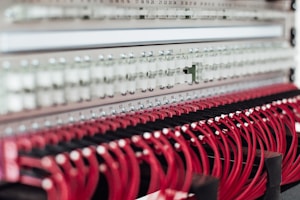The information has been stored on really huge storage devices in the past. The earliest example of the storage that was on the tape was huge, and some of the typical information storage scenarios used to take up an entire room. This was also very slow in reading and retrieving information, and computers then used to be not as fast as they have grown to be. Surprisingly, the storage space has grown smaller physically. The storage capacity growing exponentially even as the storage devices have shrunk in size and gotten smaller and smaller as new inventions have come up. The users of these storage devices are finding it much easier to store more information in smaller spaces. The devices applied in modern information storage needed to be much smaller physically and take up less space in storage.
Storage devices stored for information in the past also used to take up huge physical space, which means that the design of a computer that was expected to provide reasonable performance could take up more than half a room. This was also very expensive in terms of power consumption, and the bills associated with such computers were known to be awfully expensive. Not many companies or organizations were capable of handling information storage needs. The requirements for storing information were so many they were forced to have huge budgets to comfortably take care of storing all that information in reasonable space and not lose a single bit of information in the process.
However, there have been mighty improvements regarding storage, and modern storage devices are getting better and more advanced in their performance. For instance, a modern-day flash storage device can hold several gigabytes of data and fit into the side of a notebook or a tablet. The solid-state memory devices that are being used for modern information systems are capable of holding more information in the same space and have high read and write speeds, which means that gaining access to information on the drives is very easy as long as the operating system has been fitted with appropriate drivers to take care of the reads and the writes. The storage devices used in modern information processing scenarios also tend to eat up less space but are known to hold a lot more information regardless of the reduced space they take up.
In conclusion, more information is now getting fitted into smaller space thanks to the exponential growth and advancement of storage. This has steadily grown and improved over the years with new devices storing gigabytes of information into smaller spaces. This has made it possible to carry around more information than people were used to in the older days. Nowadays, people can have flash drives in their pockets and carry their favorite files around to open up whenever they need to make use of them.








